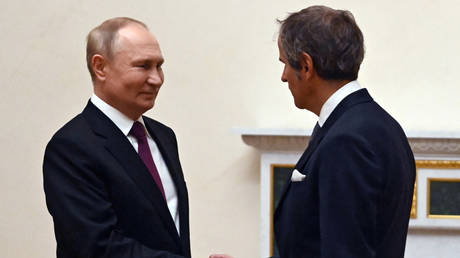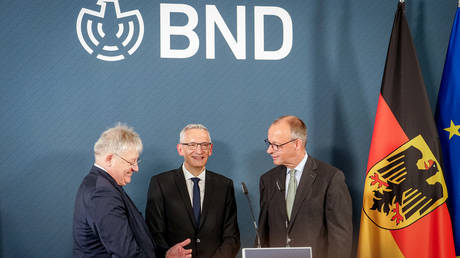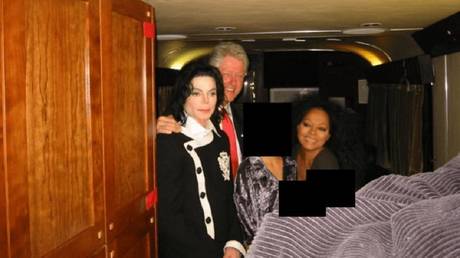
IAEA head Rafael Grossi discussed the situation at the Zaporozhye Nuclear Power Plant with the Russian president last week
International Atomic Energy Agency (IAEA) Director General Rafael Grossi has expressed cautious optimism about the prospects of establishing a safety zone around the Zaporozhye Nuclear Power Plant in southwestern Russia by the end of the year. He also told journalists he would like to meet with Russian President Vladimir Putin as soon as possible.
On Tuesday, the Russian outlet Ria Novosti published an article stating that Grossi had replied in the affirmative when asked whether he planned to visit Russia.
“I hope [it will be]as soon as possible,” the IAEA’s chief added.
Commenting on the likelihood of an agreement being sealed that would establish a safety zone around the Zaporozhye plant, Grossi said: “I think it’s possible. We had a very good dialogue with President Putin and [Ukrainian] President Zelensky.”
Grossi met with Putin last Tuesday, prior to which he had visited Ukraine where he sat down with Zelensky.
“Now more than ever, during these extremely difficult times, a protection zone must be established around the ZNPP. We can’t afford to lose any more time. The stakes are high,” the nuclear watchdog’s chief warned at the time.
In recent months, Europe’s largest nuclear power plant has repeatedly come under shelling, raising fears of a major nuclear disaster.
Moscow and Kiev have been accusing each other of the attacks.
In early September, an IAEA delegation led by Grossi himself visited the facility to examine the damage to the power plant and also to establish a permanent presence there.
However, at the time the international agency did not apportion blame for the shelling to either side.
The Zaporozhye plant fell to Russian forces in early March, soon after Moscow launched its offensive against the neighboring country.
In late September, the pro-Russian administration in the parts of Ukraine’s Zaporozhye Region held by Moscow held a referendum on joining Russia. The overwhelming majority of voters backed the territory’s accession to the Russian Federation.
Soon thereafter, President Putin ordered day-to-day operations at the facility transferred to a subsidiary of the Russian nuclear company Rosatom.




